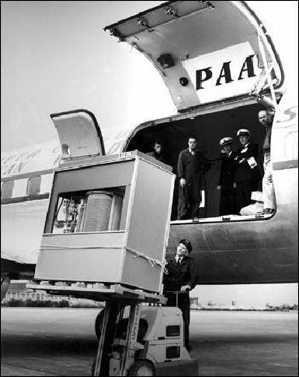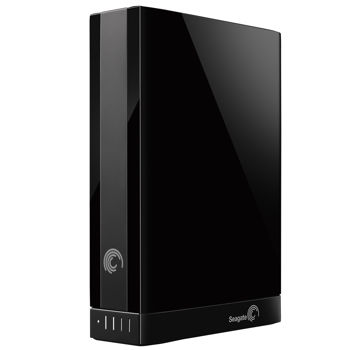 Email This Page
Email This Page Alicia in front, Tisha at left - with Nikoria dancers |
|
 Women of the drum |
|
|
This event took me a little by surprise. I didn't realize that the event was a benefit to raise money to buy hard drives to copy over my City in Motion archives. I had offered to make City in Motion a complete copy of all my existing CIM files. As originally stored these files are separate and sometimes hard to locate but I've been collecting them into an archive. City in Motion just needed to get me the hard drives so I could copy my archives to a matching set for them. For months I've been putting together my own archive of my City in Motion files, video and stills, since 2001, and a few times before. Beyond just collecting the files in one location (two disk) the other reason for any digital storage is that digital files, unlike film negatives, cannot be stored and forgotten about indefinitely until someone desires to use them to make prints. My film from the 50's and 60's is still usable as is, in archival storage envelopes. Digital storage is more volatile. The media itself loses integritiy leading to read problems. Enough problems reading a file and the entire file is toast. Even when the data bits are clear and distinct they may not make sense. Older disk and file formats may not be readable with new equipment or software to make sense of it or the operating system may not have drivers for older hard drives, assuming you still have connecting cables to even gain access to older drives (such as IDE or SCSI instead of SATA). This also includes hardware and cables to read floppies, diskettes, Zip drives, CDs and DVDs. If you do have floppies or diskettes, reading them reliably, even if you still have hardware and drives may not be possible. If you have DVDs or CDs you may encounter other problems including de-lamination of the polycarbonate sub-strate or just loss of material from heat exposure over time. Remember the data was "burned" onto the drives and exposure to heat (and daylight) after that can ruin the data. If not that, some of the old ones have paper labels which can pull off the disks, warp and bubble and also just shrink, pulling the disk into a concave face. I've run into all those problems and more over the years. City in Motion has a large collection of old CDs (earlier) and DVDs (as files got larger) but they are spread out and no central collection is available. When I started pulling together this archive for me I needed to make sure everything was still readable and available in one area. I also needed to locate and copy down files from any number of old disks from years ago. Some of those required getting old hardware to read the drives. And I haven't mentioned tapes, magnetic or paper or punch cards, all of which have been part of my work environment, though not with digital photos, except for back-up tape drives. None of which can be read now by anything I have. Some required data recovery and so forth. All in all it took me about three to four months of work to pull it together and fit it on two drives, each three-terabytes in size and organized in catagories (such as Modern Night at the Folly, Dance in the Park, etc). These drives are the latest and will be for several more years. They connect via the USB 3.0 port which is about as fast as the native SATA buss - assuming you have a USB 3.0 port otherwise they will only be as fast as USB 2.0. Although they are not cheap they could be considered dirt cheap compared to former drive prices. I can remember when a 5-megabyte drive was between one and two thousand dollars. And that was cheap then (about 1980) compared to a 5-meg platter from the 1950's which needed a fork-lift truck to deliver it. Today you can get 800 times the capacity in a thumb-size 4-gigabyte USB stick for $5 or $6. Each three-terabyte drive which is the size of a paper-back book costs around $140 ($150 with tax) and holds about 630,900 times as much data a a 5-magabyte drive.
|
|
 In red (center) Katha, then Nicole and Martisa |
|
 Cindy Bleck performing Flamenco |
|
 Nicole English |
|
 Women of the Drum |
|
 Michelle Kelley and sword |
|
 Martisa Smith |
|
 Tisha Mason with veil |
|
 Women of the Drum |
|
 Nicole English and Sharise Plescia square off with veils |
|
|
|
|



